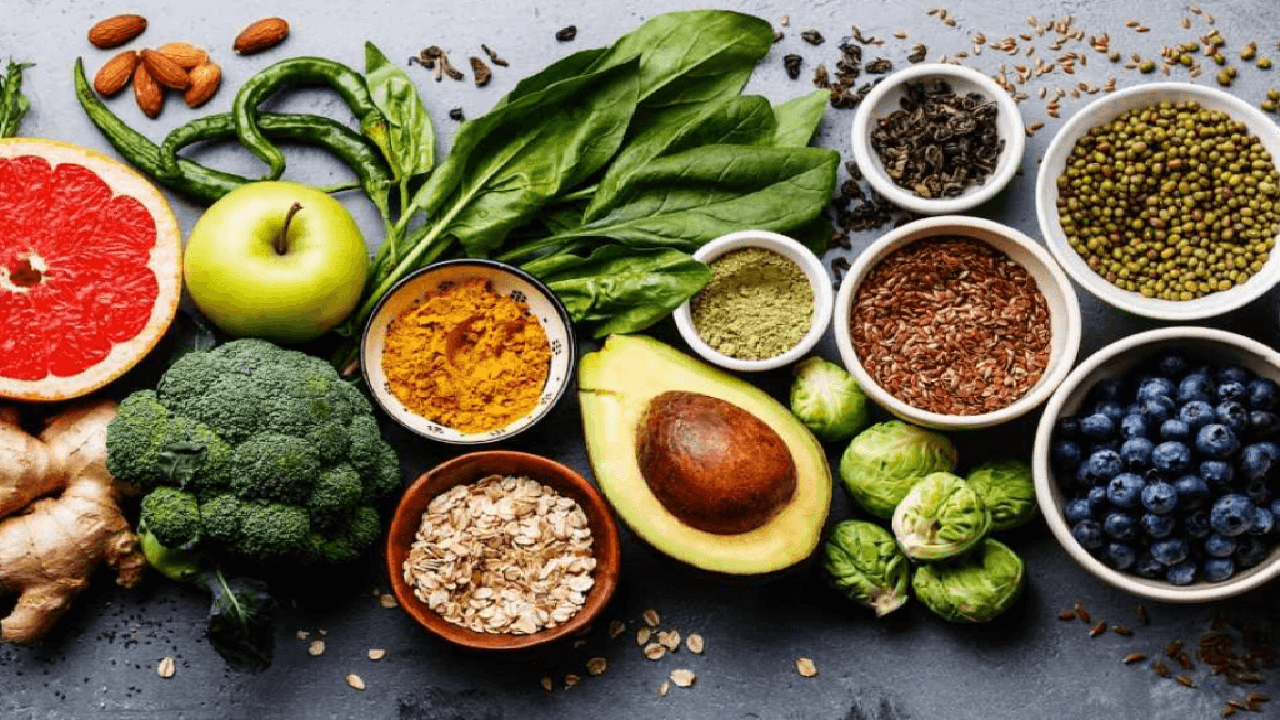
Nutrition is defined as the science of food and its relationship to health. It is concerned primarily with the part played by nutrients in body growth, development and maintenance. Diet is the total intake of substances that provide nutrition and energy. It may be dairy or milk group, meat or poultry group, vegetable or fruit group and bread or cereal group. Food is a complex chemical mixture of organic and inorganic materials containing both diet and nutrients.
Classification of Foods
Classification by origin
Classification by chemical composition
Classification by predominant function
Classification by nutritiue value
Vitamins and minerals are classified into micronutrients. They are called so since they are required in small quantities. Their requirements vary from a fraction of a milligram to several grams.
Proteins, fats and carbohydrates are classsified into macronutrients since they form the bulk of the requirement to mankind.
Proteins are mainly for body building, repair and maintenance of body tissues, regulation of osmotic pressure and synthesis of certain subsia:ces like antibodies, plasma proteins, haemoglobin, enzymes, hormones and coagulation factors. Proteins of animal origin are found in milk, meat, eggs, cheese, fish and fowl. Vegetable proteins a:. found in pulses (legumes), cereals, beans, nuts. oii-see: cakes, etc.
Fats are termed as concentrated form of energy. They are further classified as simple lipids, compound lipids and derived lipids. The major sources of animal fats are ghee, butter, milk, cheese, eggs, and fat of meat and fish. Some plants store fat in their seeds, e.9., groundnut, mustard, sesame, coconut, etc.
They are high energy foods, providing as much as 9 kcal for every gram. By supplying energy, fats spare proteins from being used for energy.
Carbohydrate is the main source of energy. Three main sources of carbohydrates are starches, sugar and cellulose. The carbohydrate reserve i.e. glycogen of a human adult is about 500 g.
Vitamins are divided into two groups : (a) fat soluble vitamins, which includes vitamins A, D, E and K; and (b) water soluble vitamins, which includes vitamins of the B-group and vitamin C.
Major minerals includes calcium, phosphorus, sodium, potassium and magnesium and iron, iodine, fluorine, zinc, copper cobalt, chromium, manganese, molybdenum, selenium, nickel, tin, silicon and vanadium constitutes trace elements.
Article by Dr. Siri P. B.
